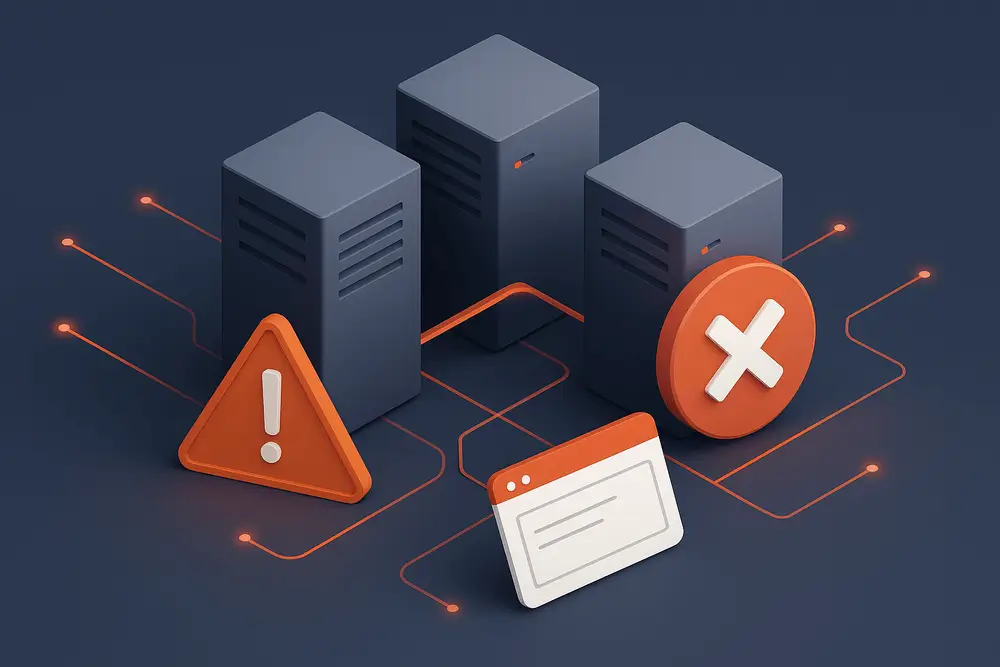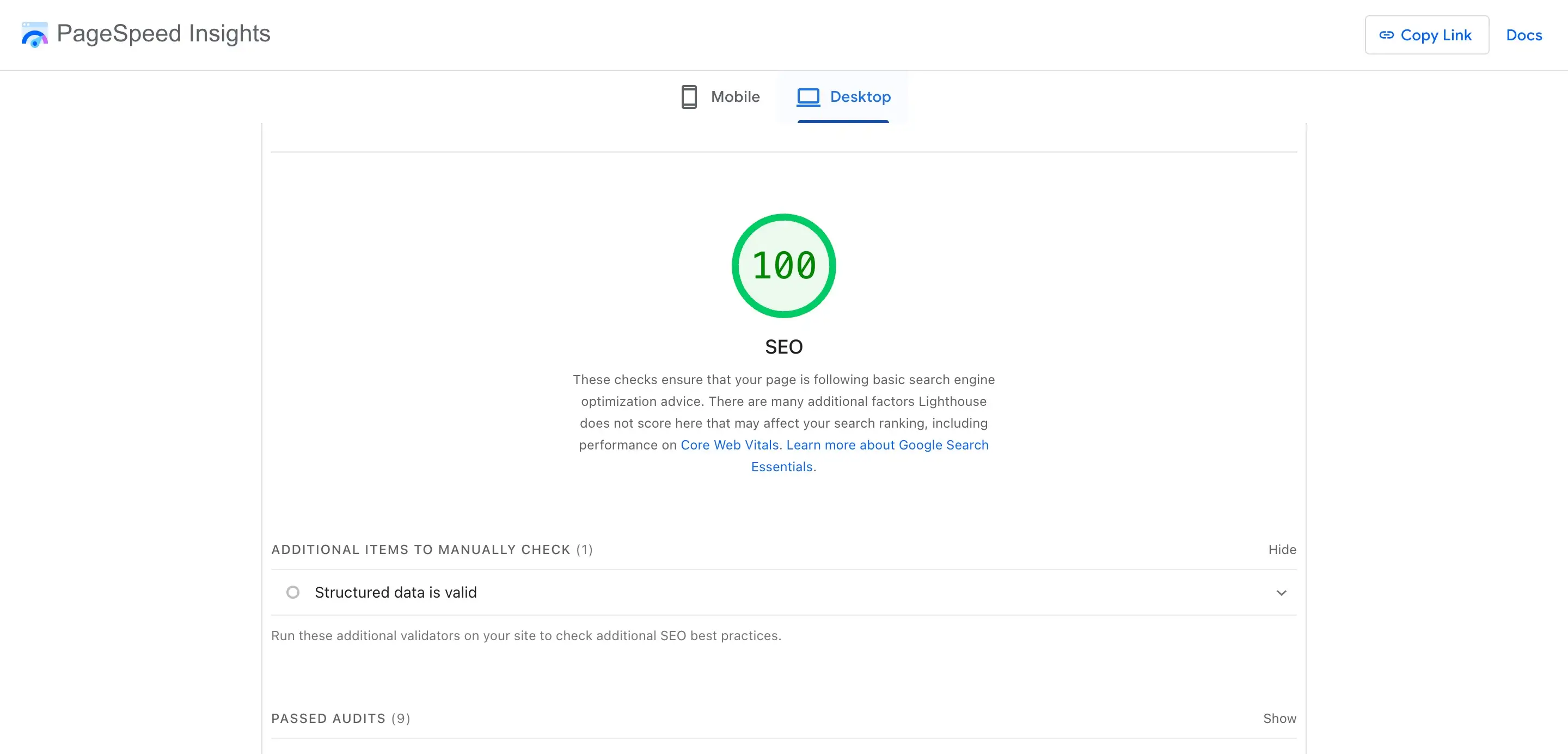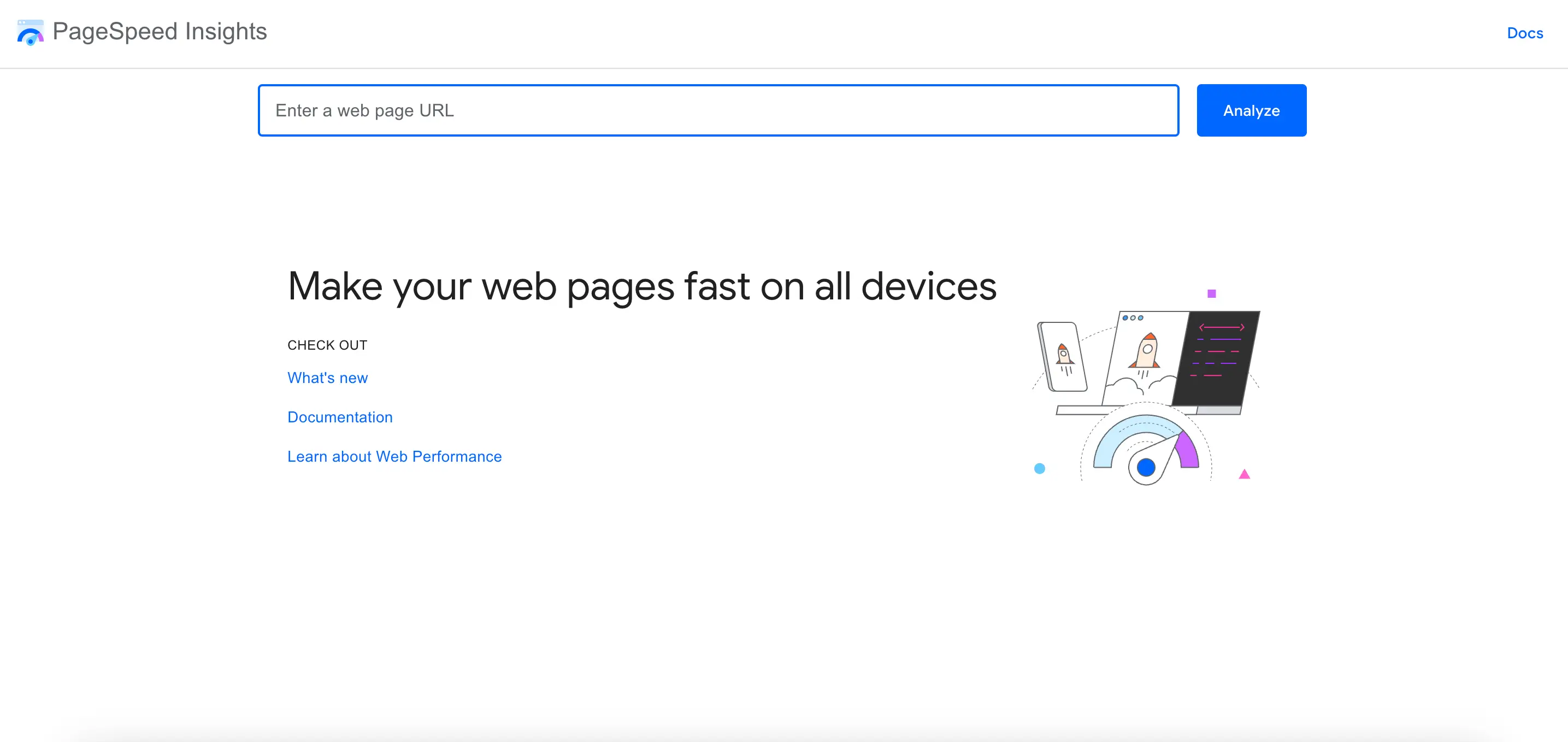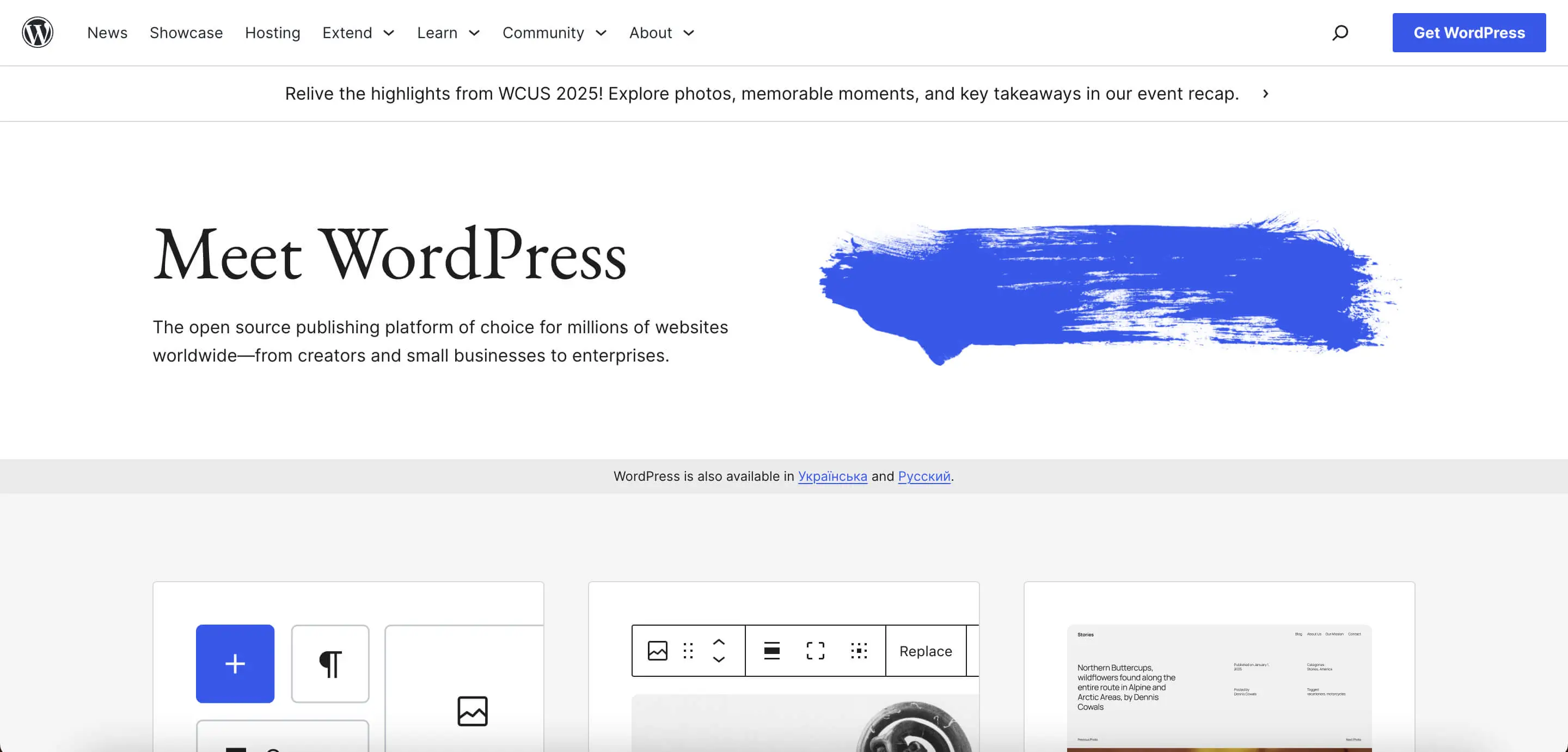AWS Outage 2025: What Happened and What It Means for Businesses
News
Oct 26, 2025
0 min
When Amazon Web Services (AWS) went down on October 20, the internet felt it instantly. From social media platforms and banking apps to e-commerce sites and streaming services — thousands of websites around the world experienced disruptions. The brief outage served as a stark reminder of how dependent the digital world has become on a few cloud giants.
What Happened
Data from ThousandEyes showed a cluster of connectivity issues in Virginia, the home of AWS’s US-EAST-1 region.This data center is one of AWS’s largest and oldest hubs, hosting countless applications and enterprise systems. The first signs of trouble appeared as intermittent connectivity issues, which soon spread across multiple services and regions.
As the morning unfolded, users around the world started reporting problems accessing platforms like Snapchat, Reddit, Venmo, and Slack, as well as several e-commerce and streaming services. Some websites displayed error messages, while others failed to load entirely.
Amazon later confirmed that the disruption was caused by a failure in a network-health monitoring subsystem, which impacted DNS resolution for its core services such as EC2 and DynamoDB. This breakdown created a domino effect, making it difficult for dependent services to communicate with AWS infrastructure.
By midday, AWS engineers had identified the source of the problem and began rerouting network traffic. Most services were restored later that day, though some users continued to experience slower performance as systems cleared the backlog of pending data requests.

The Scale of the Impact
The scope of the disruption was enormous. AWS underpins a large portion of the global internet, hosting everything from banking systems to entertainment platforms. When one region fails, the impact extends far beyond Amazon itself.
Industries affected:
- Finance: Delays in online payments and banking operations;
- Retail: Interrupted order processing and slow e-commerce transactions;
- Media: Delayed or stalled content streaming;
- IoT: Smart home and connected devices briefly stopped responding.
For small businesses, the outage meant lost website traffic and revenue. For larger enterprises, it caused operational setbacks and customer frustration. Even internal communication tools hosted on AWS were temporarily unavailable.
Although services were restored within hours, the incident revealed how one technical failure in a single data center can disrupt critical operations around the world.
Why These Outages Keep Happening
Outages like this one are not isolated accidents. They reveal how complex and interconnected modern cloud infrastructure has become. AWS runs millions of servers that power websites, mobile apps, payment systems, and enterprise tools around the world. When even one small component stops working correctly, the effects can spread faster than most people realize.
The latest incident started in US-EAST-1, AWS’s busiest data center region, which handles a large share of global internet traffic. Because so many critical systems rely on it, even a short disruption can have far-reaching consequences. In this case, the failure of a network monitoring system interrupted how services communicated with each other, causing a chain reaction across applications hosted on AWS.
The truth is that no cloud provider is completely immune to such failures. Last year, a software update error from cybersecurity firm CrowdStrike caused what The Guardian described as the largest outage in history, temporarily grounding flights and disrupting hospitals and businesses worldwide.
The more we depend on centralized systems, the more fragile they become when something goes wrong.
This outage reminded businesses once again that cloud technology, while powerful, is not invincible. It delivers speed, scalability, and efficiency, but those advantages come with a shared responsibility to plan for the moments when technology falters.
Lessons for Businesses
For most companies, cloud computing is the foundation of their operations. It allows teams to scale quickly, store massive amounts of data, and serve customers anywhere in the world. Yet the AWS outage showed how risky it can be to rely too heavily on one provider or one data center region.

When a service like AWS goes down, the consequences can extend far beyond a temporary inconvenience. E-commerce stores lose sales, financial platforms face delays, and internal systems that rely on cloud databases or APIs can stop functioning entirely. These risks make it essential for businesses to prepare long before an outage occurs.
Some practical steps include:
- Distribute resources across regions. Use multiple AWS regions or availability zones to reduce dependency on a single location.
- Adopt a multi-cloud strategy. Combining providers such as AWS, Google Cloud, and Azure can keep services online even if one fails.
- Create reliable backups. Store critical data in separate systems that remain accessible during downtime.
- Develop a communication plan. Inform customers and partners quickly when disruptions happen to maintain trust and transparency.
- Test disaster recovery processes. Regularly simulate outage scenarios to confirm that systems and teams can respond effectively.
Companies that build resilience into their infrastructure experience fewer long-term impacts when problems arise. The AWS outage may have been short, but it served as a reminder that redundancy, planning, and clear communication are what truly keep a business online.
Conclusion
The AWS outage on October 20 was brief, but its impact was impossible to ignore. In just a few hours, it disrupted everything from social networks and online stores to financial systems and customer service platforms. For many users, it was a reminder of how invisible yet essential cloud infrastructure has become to daily life.
For businesses, the lesson is clear. Cloud technology offers unmatched flexibility and power, but it also demands responsibility. Building systems with backups, spreading workloads across regions, and preparing for unexpected downtime are no longer optional; they are essential steps in maintaining stability and trust.
The internet’s strength lies in its ability to adapt and recover. As companies continue to innovate and grow in the cloud, resilience must become part of that innovation. Outages like this one may be temporary, but the lessons they leave behind are lasting.














